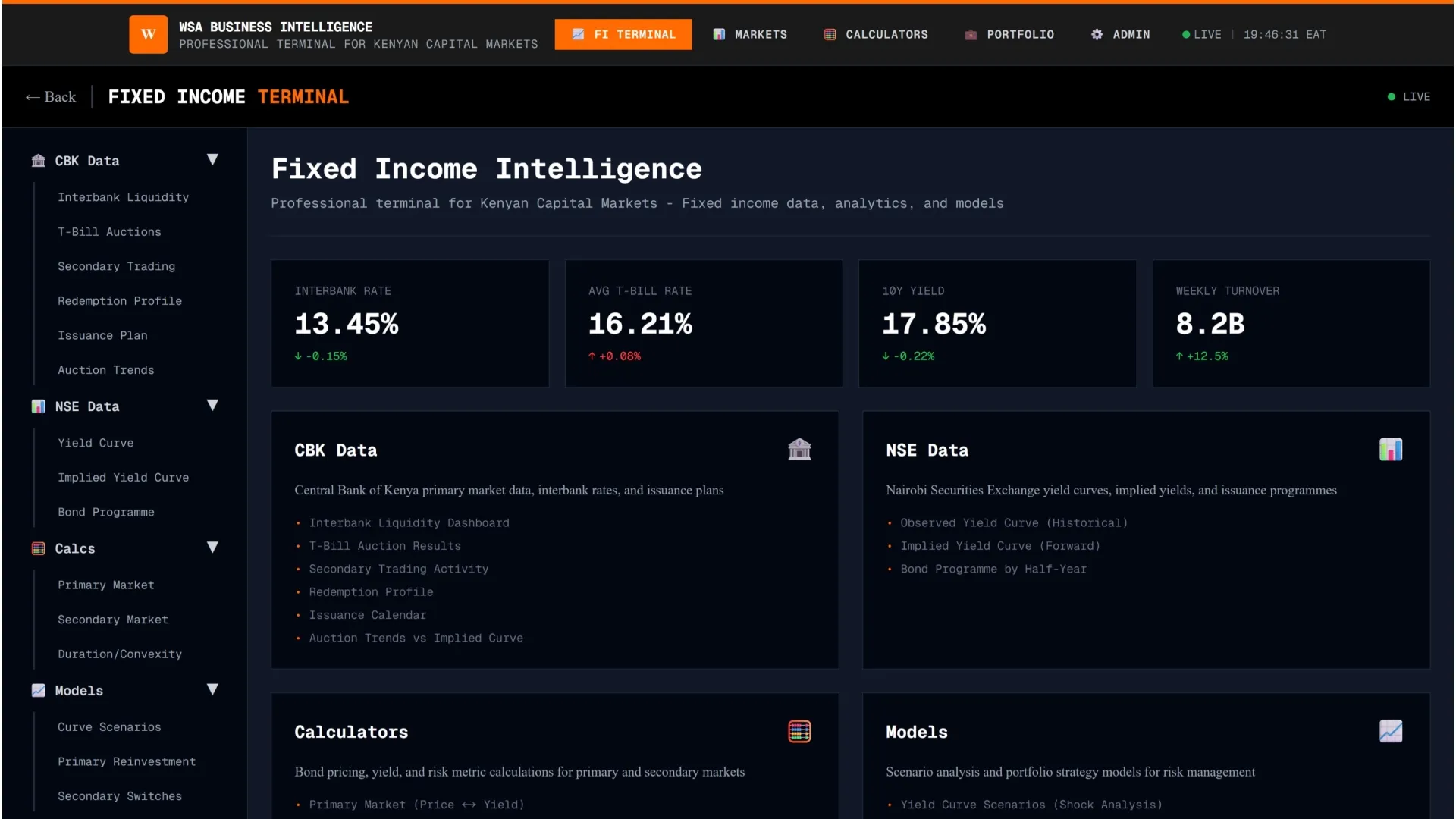Kenya’s telecommunications sector is booming, with mobile subscriptions surging past 76 million and mobile money accounts exceeding 45 million by March 2025.
The market is vibrant, with aggressive campaigns by dominant players like Safaricom and Airtel driving growth across voice, data, and mobile money services. Yet, conspicuously absent in these headline figures is Telkom Kenya, whose market share and visibility have dwindled over the years.
Telkom’s lagging performance in an industry it helped pioneer can be traced to several factors. While Safaricom commands the largest share of mobile voice traffic-with over 18 billion outgoing minutes-and Airtel follows with over 10 billion, Telkom accounts for a mere fraction, barely crossing 100 million outgoing voice minutes.
Similarly, in SMS traffic, Telkom processed under 10 million outgoing messages compared to Safaricom’s 12.7 billion. These numbers reflect a harsh reality: Telkom’s customer base and overall market share are too small to meaningfully influence the sector. This has become a vicious cycle, with the reduced presence limiting its economies of scale and competitive edge.
One of the telecommunication sector’s standout growth areas is mobile money, where subscriptions have risen sharply. Telkom’s absence here is striking. Unlike Safaricom’s M-Pesa or Airtel Money, Telkom’s T-Kash has struggled to gain traction. Without a significant share in the mobile financial services space, Telkom is unable to tap into the synergies between connectivity and financial inclusion.
The report also highlights rising demand for 4G and 5G data services, with broadband subscriptions and consumption on an upward trajectory. Telkom, however, has been slower than rivals in rolling out modern network infrastructure. While it does have stakes in key undersea cables (such as EASSy and LION 2), translating this bandwidth capacity into last-mile connectivity for consumers has been challenging. Competitive network quality and coverage are critical, and Telkom’s historical underinvestment relative to peers has limited its ability to meet evolving consumer expectations.
There are many reasons behind this trend, and the differing fortunes between the two telcos-the other being Safaricom-with significant government shareholding. For years, Telkom struggled to attract a new strategic investor, disrupting its ability to innovate and compete. Its likely revival has been steeped in scandal and delays, with a 2022 decision by the government to buy out Jamhuri/Helios changing to replacing it with a UAE-based firm. This has created a death spiral where the company is struggling to attract much-needed investment in a capital-intensive sector, without which it can’t generate the revenue it would need to stop sinking.
According to a recent statement by the sector union, the delays in getting strategic investment have affected talent retention. Employees have been stuck in the same roles for a decade, reducing them to “spectators in their own careers”, according to Communication Workers Union of Kenya’s (COWU-K) General Secretary Benson Okwaro. With competitors aggressively racing to grow their market share and attract the best talent, Telkom is likely facing a brain drain atop of everything else.
It is also clear that it has affected other important facets: for example, the CA sector statistics rely on provisional data from Telkom Kenya, which might indicate that the company’s internal reporting process are not working as they should. It also raises the possibility that its numbers might be even worse than the reports suggest. Each element worsens the problem, because even with significant investment, the telco would need a few years to steady itself before it can get back on its feet, or even provide a return on investment for its investors, including the government.
Telkom’s lower average tariffs, offering voice at KSh 3.54 per minute and SMS at KSh 1.15, slightly cheaper than market averages, have not translated into significant subscriber growth. Pricing alone is not sufficient without accompanying investments in service quality, network reliability, and compelling value-added services. Reversing the company’s death spiral would require bolder investment in infrastructure, talent retention, aggressive customer acquisition strategies, and perhaps partnerships that go beyond price wars to offer differentiated services.




